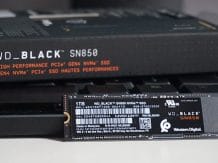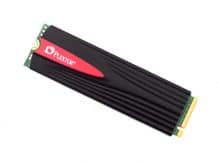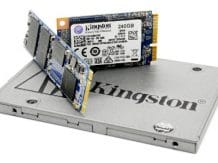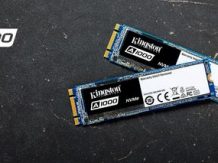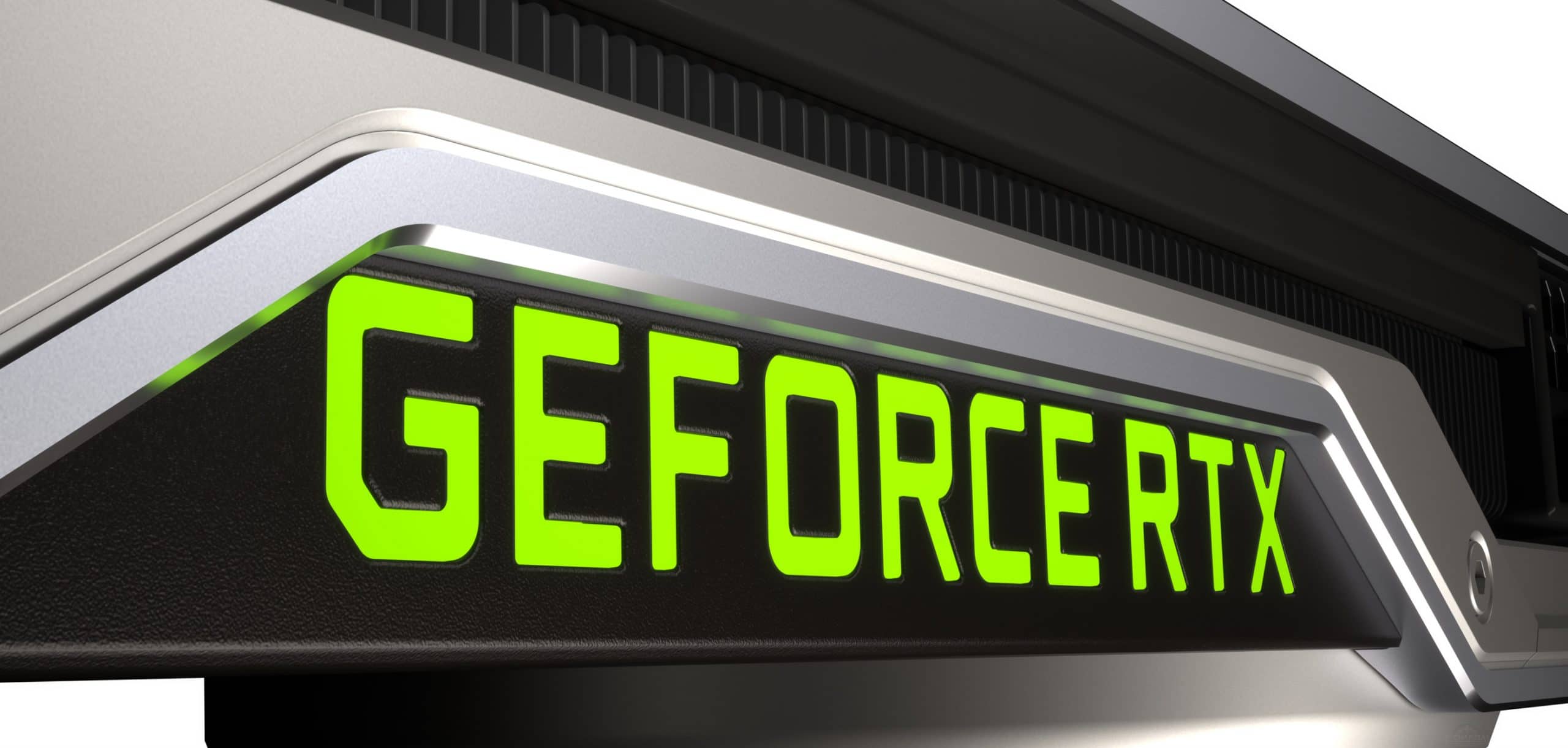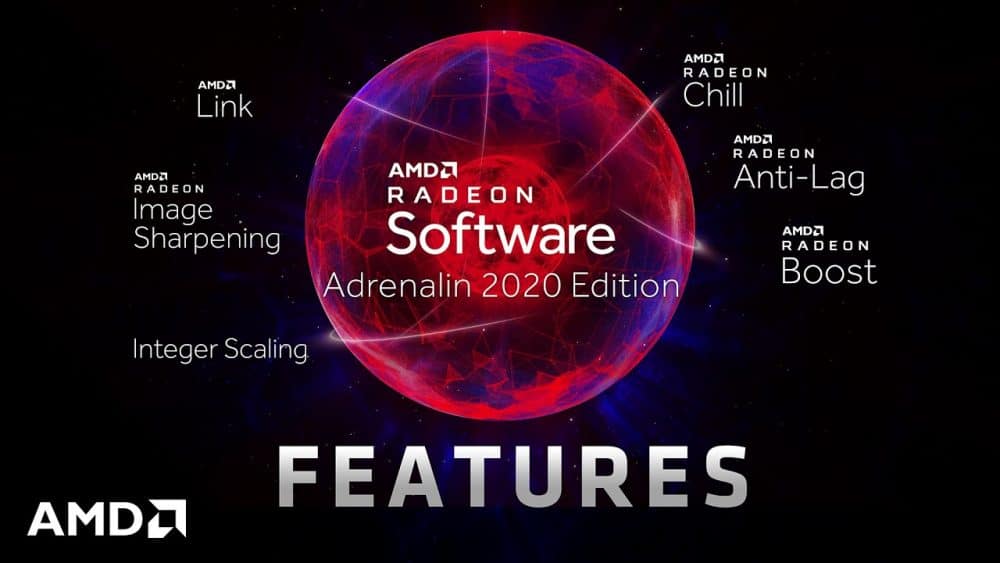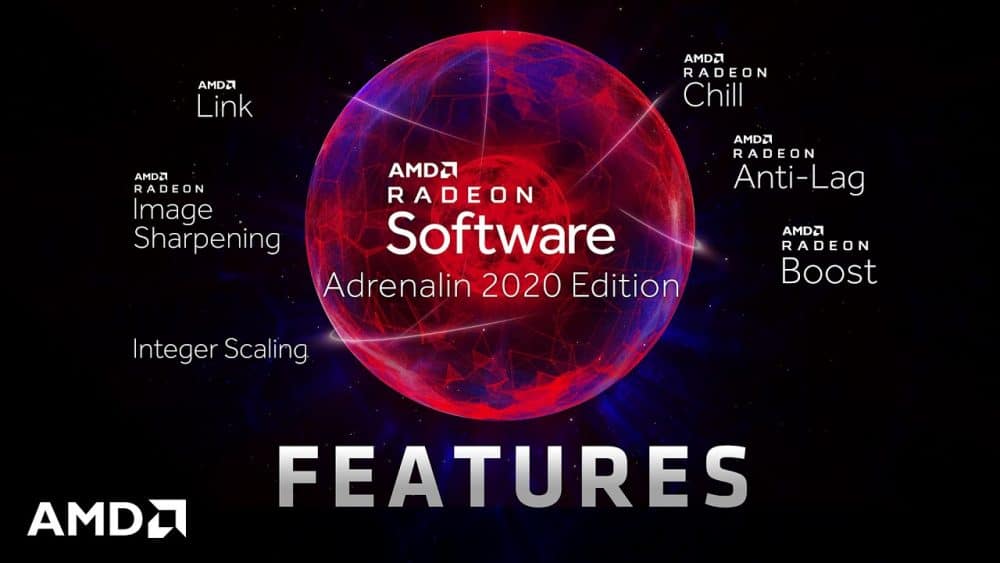Review ADATA XPG Gammix S11 – Today will will take a look at the Specs, Hashrate, CPU performance and also a testing of this SSD Drive. We will go into more details as it regards to the testing in the article below.
| Just a week ago, we got acquainted with the reference SSDs on the new Silicon Motion SM2262G controller. And during the tests, it turned out that the new items are very good and easily compete with one of the best solid state drives on the market – Samsung. But one thing is a reference sample, and another is a solution based on this project with “modifications”, released to those who can afford it. The ADATA XPG Gammix S11 is a product of a company with its own manufacturing facilities, which, in particular, assembles flash memory chips from industrial silicon wafers purchased, for example, from Micron. An engineering department accompanies this production, allowing ADATA to make changes to the reference design of SSD platforms. As a result, the ADATA model can demonstrate a different level of performance and behavior. And we will try to clarify this issue. | Testing SSD KingSpec P3 1 TB (P3-1T): terabyte for a penny  We are continuing our exploration of ultra-budget SSDs. This is again “Chinese” from AliExpress, and again KingSpec. It just so happened that this brand was one of the first to gain access to the new 64-layer IMFT flash memory, and therefore it has the opportunity to continue its favorite policy and pressure competitors with price. Let’s follow the principle of “super-speed is not needed, volume and low price are important” and consider a model with a capacity of 1 TB. |
announcements and advertisements
-14000р на RTX 3060 ASUS Dual
RTX 3060 MSI Gaming – a drain for a penny
RTX 3070 cheapest and all at Compeo.ru
-15000р на RTX 3060 MSI Ventus
Prices for video cards went down steeply
-14000р на RTX 3060 Gigabyte Eagle
Another top vidyaha with a mega discount
RTX 3060 – prices have gone down
First-hand Z590 motherboards at very good prices
RTX 3060 12Gb in XPERT.RU – be in time 🙂
Galaxy S20 family price crash 25% discount
RTX 3070 at XPERT.RU at the lowest prices
Lots of RTX 3090 in XPERT.RU
Review ADATA XPG Gammix S11

The Gammix S11 M.2 2280 NVMe 1.3 solid state drive is by far the fastest of our drives. Featuring ultra-fast PCIe Gen3x4 interface, it delivers astonishing read / write speeds up to 3200/1700 MB / s and significantly outperforms SATA 6Gb / s. Using 64-layer 3D NAND Flash of the 2nd generation, the S11 is characterized by high capacity and incredible reliability.
The S11 is covered with a slim heatsink in stylish black and red with the XPG logo, which reduces the temperature of the SSD by 10 ° C for excellent cooling. Featuring SLC caching, DRAM cache buffer and LDPC ECC technologies, the device provides high speed and data integrity during the most intense gaming, data transfer, system overclocking and other demanding operations.
As usual, behind a multitude of slogans and promises lies a reality that is sometimes noticeably different. Let’s start with the formal part.

Users are offered three options for the volume – 240, 480 and 960 GB. The manufacturer’s warranty is five years, and the resource is set at around 160, 320 and 640 TB of recorded data (depending on the size of the model).
Considering the memory used, which is referred to as “2nd Generation 64-layer 3D TLC”, which clearly indicates the products of Intel and Micron (only their 64-layer memory is the second generation of 3D V-NAND), the refusal to release the 120 GB modification is quite logical (remember how sad the Intel 760p of such capacity looks). And the lack of large volumes can be explained by the limited demand from consumers.
Speed characteristics are declared as ~ 3150-3200 MB / s for reading and 1100-1700 MB / s for writing. And we already know that Silicon Motion SM2262G is actually capable of such linear speeds. Although the specified level of performance raises questions: in our testing of the SM2262G, we almost reached the mark of 400 thousand IOPS on a small-block write on a modification of 480 GB, here – up to 280 thousand IOPS. Mistake? Or did ADATA weaken its product? We will try to find out the answer to the question in the process of getting to know the new product.
Packaging and equipment

The hero of the review comes in a package that is supposed to demonstrate its special status: a cardboard box with a hinged lid held by magnets. Under this cover there is a transparent plastic window through which the drive itself can be seen, fixed in a form of dense foam.

True, this is where the whole image ends: there is nothing in the package with the device – no adapters, no mounting screw, or even any booklets.

The only thing is that the user gets the right to download from the ADATA website a special version of Acronis True Image HD – a special software package designed to simplify migration from an old drive to a new one and backup.
Visual inspection
ADATA XPG Gammix S11 480 GB is a storage device made on a black printed circuit board, covered on one side with a metal casing, which in some cases improves the removal of excess heat from the drive and prevents it from overheating.
The quality of the thermal interface leaves much to be desired – two easily crumbling strips of some material with clear signs of drying. The problem is aggravated by the fact that the casing is pressed out of the sheet, and not machined, and therefore its base is back to the front side, and not a flat surface, and the height of the microcircuits is also different.

And you need to understand that a metal plate is just a metal plate, in the absence of blowing or at least some kind of air circulation, the efficiency will be low.
Let’s compare with the reference sample on Silicon Motion SM2262G from the previous material:

Demo on SM2262G (top) and ADATA XPG Gammix S11 (bottom).
And the design is different. Moreover, the differences are very serious. Most likely ADATA is using a completely different version of the Silicon Motion reference design. The flash memory chips themselves are also marked not by IMFT / Micron, but by their own ADATA.
In general, the controller-DRAM-NAND complex is still the same: Silicon Motion SM2262G, two 256 MB DDR3 chips each and four flash memory chips, each of which contains four 64-layer TLC 3D V-NAND IMFT semiconductor crystals / Micron.
The total amount of flash memory array is 512 GB. A part of the array is standardly allocated to a hidden reserve, and the volume itself is indicated in decimal system (to indicate the volume, 1 GB is used equal to 1,000,000,000, and not 1,073,741,824 bytes).
Therefore, in reality, the user has access to only 447.13, the remaining volume of the controller’s firmware operates for service purposes: to increase the speed of the drive, in order to level out wear, as a reserve pool to replace failed memory cells and other service needs.

Demo on SM2262G (top) and ADATA XPG Gammix S11 (bottom).
By the way, the ADATA PCB is marked “SX8200NPA1”. This is the designation for another ADATA drive – ADATA XPG SX8200. Thus, we have before us once again the implementation of the same device under two names.
Similarly, ADATA XPG Gammix S10 and ADATA XPG SX7000 duplicate each other, using the previous SM2262G controller SM2260 and 32-layer TLC NAND IMFT / Micron. Perhaps there are differences at the software level, but to be honest, I doubt it.
Software part
It should be noted that the drive is not accompanied by its own NVMe driver, and therefore the standard one from the MS Windows OS is used. To reach the maximum performance, the user must manually disable clearing the write buffer by checking the corresponding box in the drive properties (“Control Panel” >> “Hardware Manager”).

However, be aware that this setting increases the risk of data loss in the event of an unexpected power outage.
The ADATA XPG Gammix S11 contains a newer version of the microcode – SVN139B, but with the SMART parameters everything is still – both quantitatively and qualitatively:

- 01 – Critical Warning — critical errors in the drive (depending on the value, the nature of the failure is determined);
- 02 – Composite Temperature – critical temperature of the drive;
- 03 – Available Spare – the current remaining volume of the spare area used to replace the failed memory cells;
- 04 – Available Spare Threshold – value of the Available Spare parameter, upon reaching which the drive state is considered critical;
- 05 – Percentage Used – the level of drive wear as a percentage (from zero);
- 06 – Data Units Read – the number of data blocks read from the flash memory array (one block corresponds to 512 bytes of data);
- 07 – Data Units Written – the number of data blocks written to the flash memory array (one block corresponds to 512 bytes of data);
- 08 – Host Read Commands – the number of data read operations performed via the PCI-E interface (a change by one corresponds to 1 MB of data);
- 09 – Host Write Commands — the number of data write operations performed via the PCI-E interface (a change by one corresponds to 1 MB of data);
- 0A – Controller Busy Time – time in minutes during which the controller was busy serving requests from the system;
- 0B – Power Cycles – number of inclusions;
- 0С – Power On Hours – the number of hours during which the drive was powered;
- 0D – Unsafe Shutdowns – number of unexpected power outages;
- OE and 0F are the number of data integrity errors.







